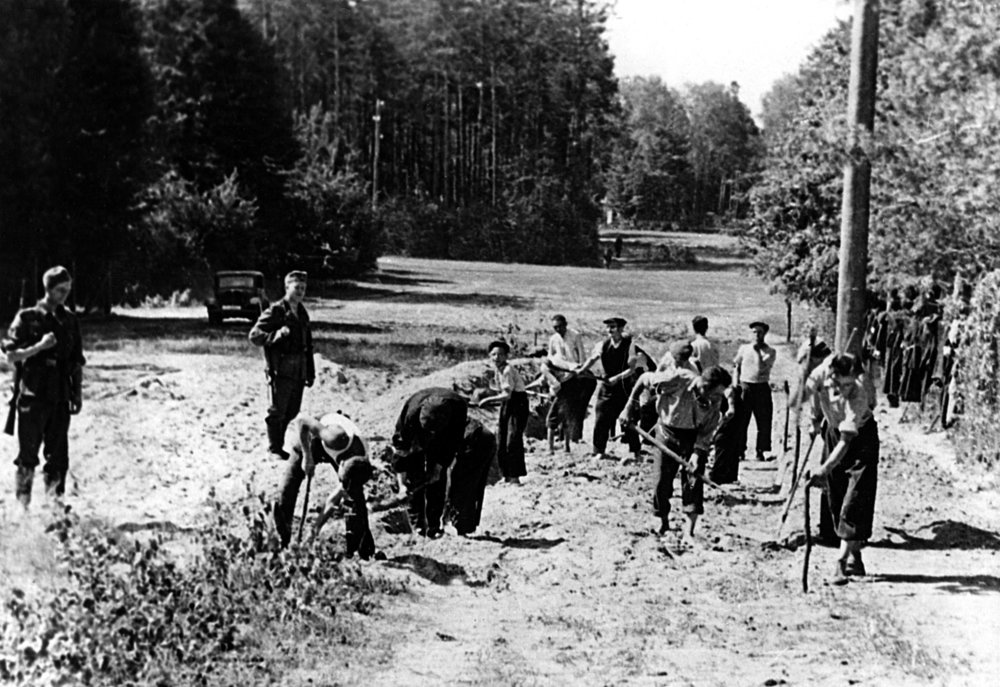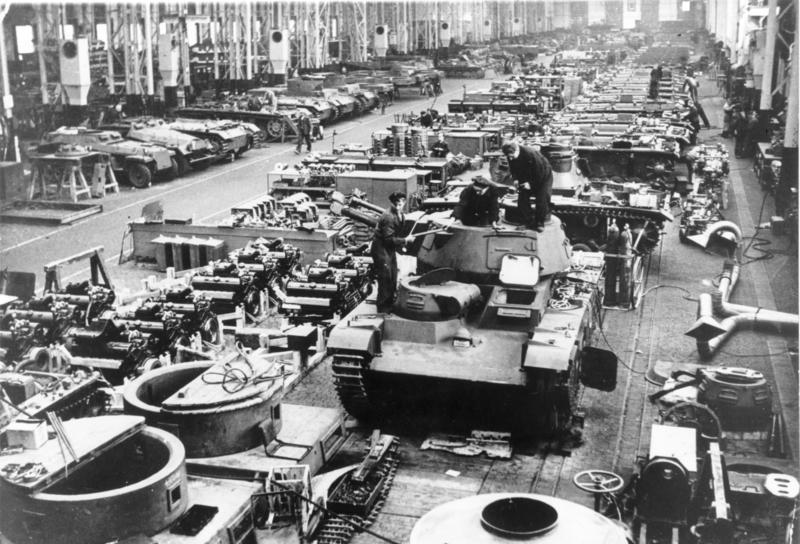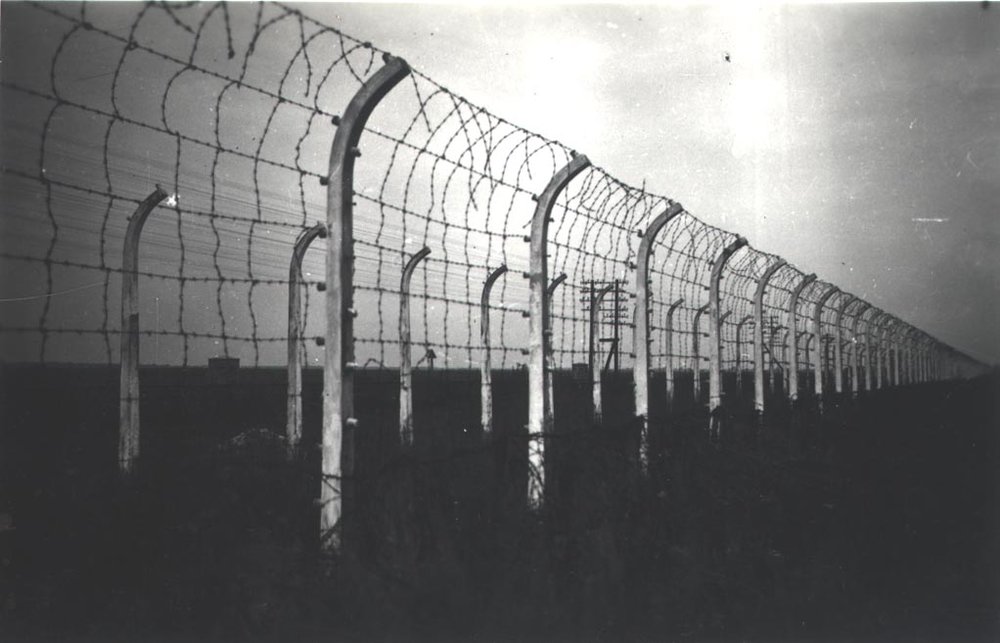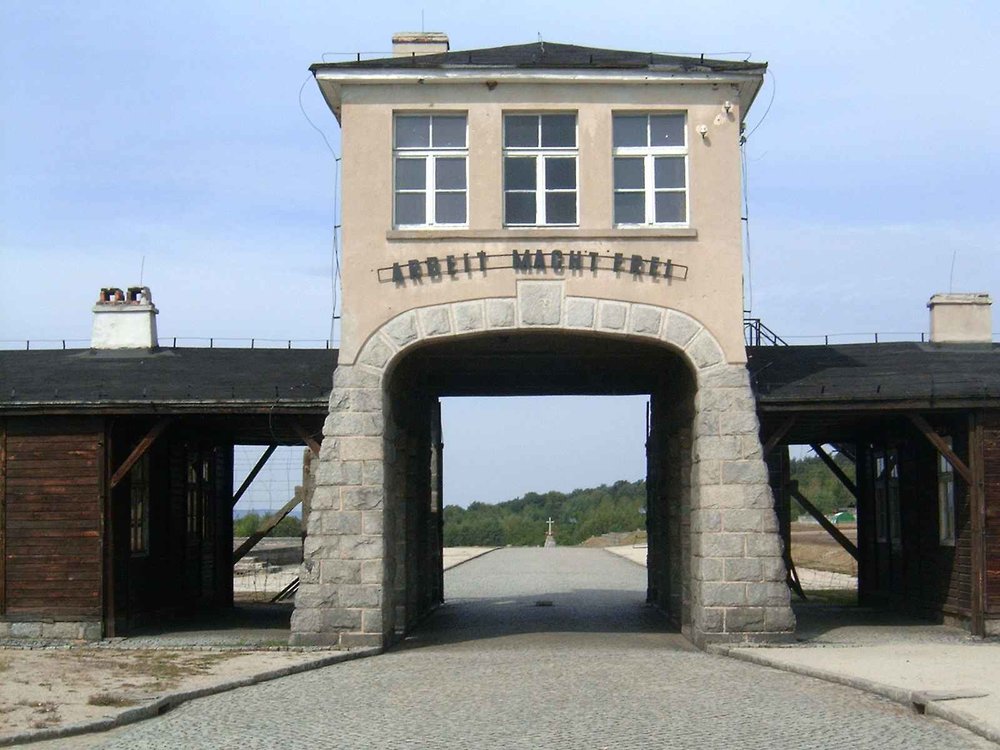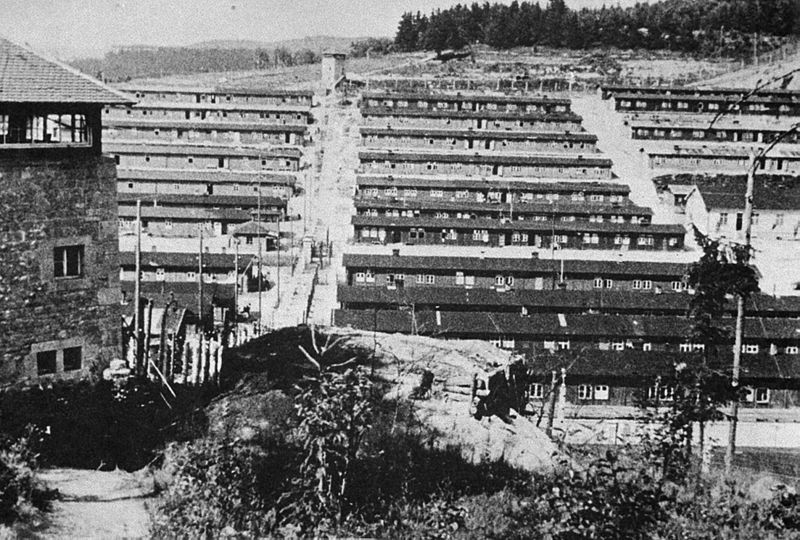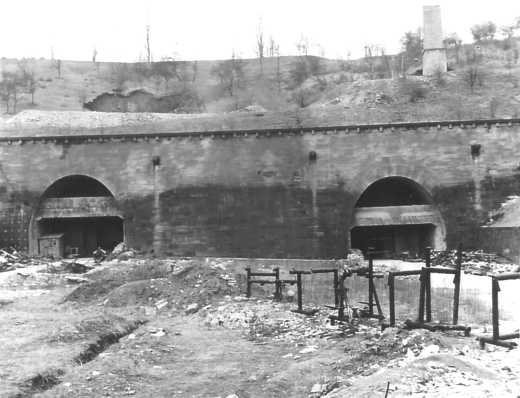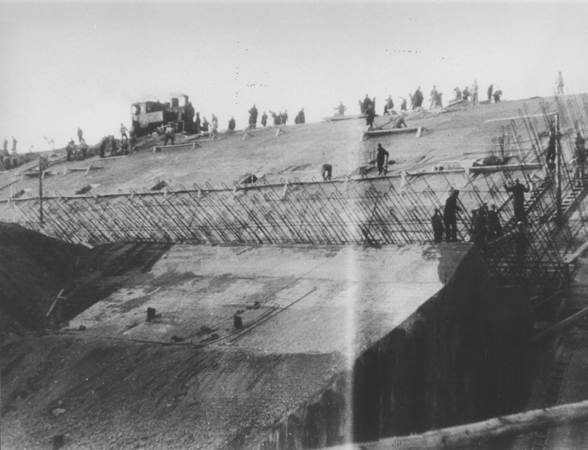Grünheide camp – OVERVIEW
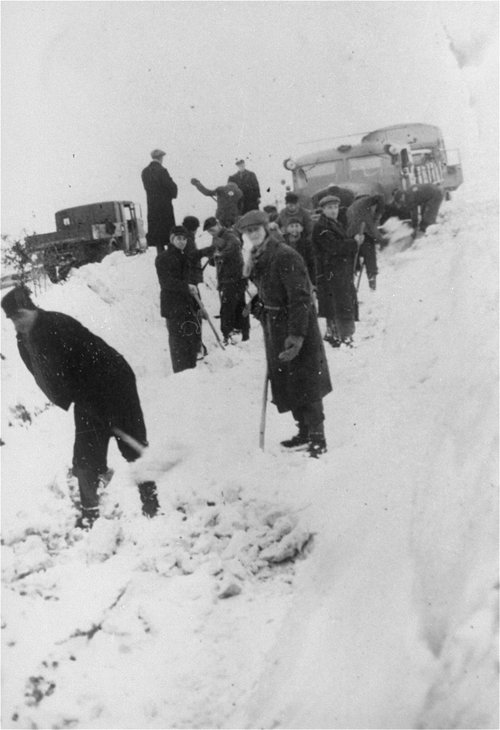
Conditions at Grünheide may have been similar to those at Klettendorf camp which was also part of the Reichsautobahnlager (RAB) camp system in Silesia using Jewish forced labour to build autobahns. [United States Holocaust Memorial Museum]
At Grünheide, the Germans created a forced labour camp for Soviet POWs and Jews from Będzin, Czeladź and Sosnowiec. They were later joined by Jews from France, Holland and Romania. The prisoners worked on the construction of the A-4 Autobahn from Wrocław to Gliwice. The trees were cut down in a 30-35m wide stripe along the planned route of the Autobahn and the groundworks leading to the construction of embankments and flyovers were initiated. In 1943 due to the lack of funds the construction works were halted and the camp liquidated.
The USC Holocaust Foundation Institute has recorded testimonies of other survivors from Grünheide. We understand there to be some sort of monument or symbolic grave in the area of this forced labor camp for Jews, tortured and murdered by the Germans in 1942-43 motorway construction Wroclaw Gliwice.
Also according to Hermann F. Weiss: REICHSAUTOBAHNLAGER GEPPERSDORF(UPPER SILESIA),1940-1942: “Marking one of the most terrible twentieth-century reversals of the trend towards the abolition of slavery, forced labor played an important part in Nazi policy, especially during the Second World War. Among the populations employed in this way were over a million Jews, many of whom lost their lives or suffered grave physical or mental harm by the end of the war. As a result of a huge body of research on, and a large number of testimonials about, the concentration camps, the general public has become more knowledgeable with regard to the exploitation of inmates there. In contrast, partly because of the paucity of pertinent Nazi records, forced labor camps outside the concentration camp system have been investigated much less frequently by scholars and are still largely unknown to a wider public. Among the various types of labor camps for Jews, the Reichsautobahnlager (RAB camps), which were located in the eastern reaches of the Reich, have not been researched by historians until recently. Wolf Gruner was the first to write extensively about this topic, utilizing RAB and other record groups in the Bundesarchiv Berlin. He demonstrates that the RAB camps in Silesia were run by the Oberste Bauleitung Reichsautobahnen Breslau (OBR Breslau), the regional RAB construction management office.
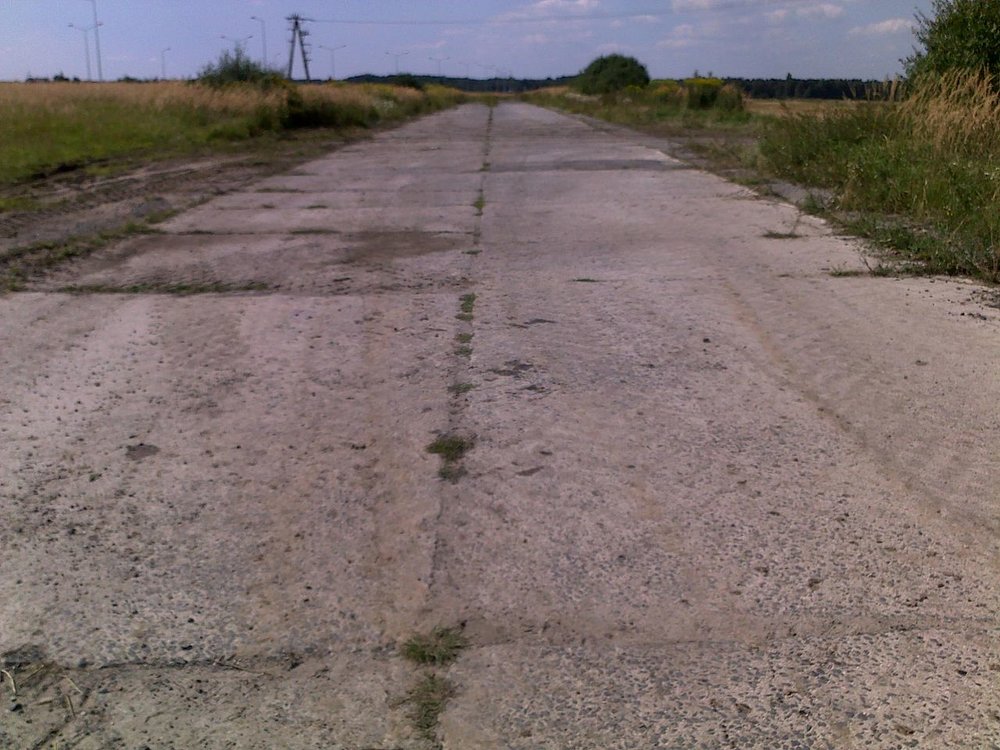
The original concrete pavement surface of the only surviving section of the Motorway RAB 29 from 1936 in the vicinity of the modern junction of Kleszczów near Gliwice. Presumably the sort of surface constructed by RAB forced labourers like Ernst Bornstein a few years later.
According to three statistical surveys which were issued by OBR Breslau in 1940 and 1942, Jews were imprisoned in the following thirteen camps under its jurisdiction: Auenrode (Osiek Gródkowski), Brande (Prądy), Eichtal (Dąbrowka Górna), Geppersdorf (Rzędziwojowice), Gogolin (Gogolin), Gross Sarne (Sarny Wielkie), Grünheide (Sicroniowice) [sp. Sieroniowice- Holocaust Matters], Johannsdorf (Jaskowice), Klein Mangersdorf (Magnuszowiczki), Niederkirch (Dolna), Ottmuth (Otmęt), Sakrau (Zakrzów), St. Annaberg (Góra Swiętej Anny). All of these were located in western Upper Silesia, that is to say, within the Altreich. Gruner also establishes that OBR Breslau rented its Jewish laborers from Organisation Schmelt, named after SS-Oberführer Albrecht Schmelt (1899-1945). This agency, which managed Jewish labor in eastern Upper Silesia starting in late 1940, forced Moniek Merin (1904-1943), leader of the Zentraler Ältestenrat (Central Council of Jewish Elders) in Sosnowiec, to come up with the required number of workers for each transport. “At Grünheide, as at other RAB camps, the invasion of the Soviet Union was followed by harsher treatment of the inmates.” Copyright © 2012 Wrocławskie Towarzystwo Miłośników Historii Original text published in: Śląski Kwartalnik Historyczny Sobótka, 2012, vol. 67, no. 1, s.49-65 PL ISSN 0037-7511

